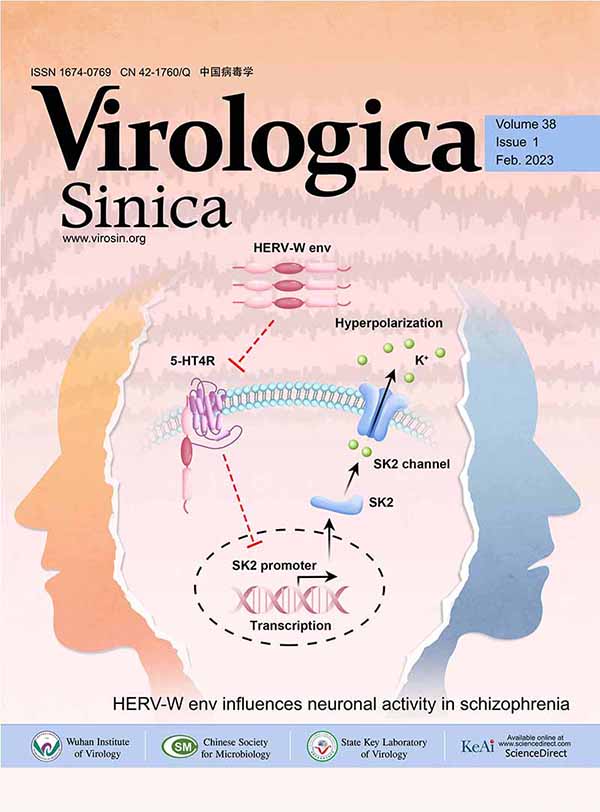Seroprevalence of Kaposi’s sarcoma-associated Herpesvirus in the General Population from Hubei province
Abstract: Kaposi’s sarcoma-associated herpes-virus (KSHV), also known as Human herpesvirus 8 (HHV-8) is etiologically linked to the development of Kaposi’s sarcoma(KS), the most commonly found cancers in patients with AIDS. Extensive epidemiology studies have shown that the epidemiology of KSHV mimics that of KS displaying distinct geographic distribution patterns with low prevalence in North America and Europe, medium prevalence in Eastern European and Mediterranean regions, and high prevalence in some regions in Africa. However, the prevalence of KSHV infection in Asia, especially in China remains undefined. To investigate the prevalence of KSHV infection from the general population in the Han nationality from Hubei Province, we examined 560 sera specimens using an ELISA-based assay that measured antibodies to KSHV lytic antigen small capsid protein ORF65. The overall KSHV seroprevalence in this population was 5.2%. There was no difference between male and female (5.7% vs 4.5%, P = 0.542). On the other hand, the age distribution pattern was peculiar. KSHV-seropositive rate was significantly higher in subjects younger than 10 years old (P = 0.006, OR = 6.692, 95% CI: 1.710-26.198). Excluding this group, KSHV-seropositive rate showed a trend of increase with age but it was not statistically significant. Our results indicate that the prevalence of KSHV infection is similar to those reported in Western countries in the adult population. However, the relative high prevalence of KSHV infection among the young children is reminiscent of some African regions, and might implicate specific mode of transmission in this population.













 DownLoad:
DownLoad: